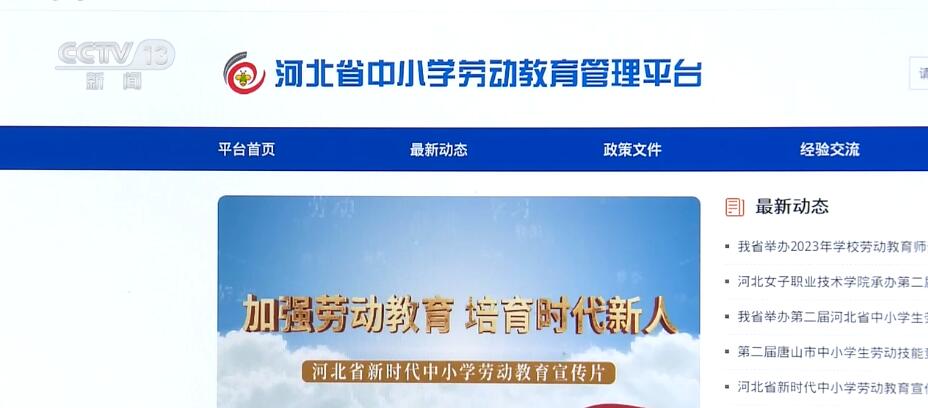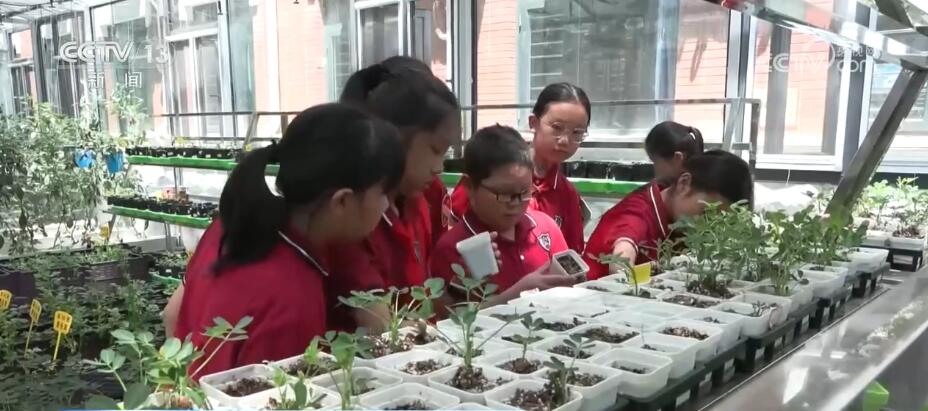Original Lily, we’ll see about the trip.
Xizang, a once-in-a-lifetime destination.
Some people say that you don’t know what faith is until you get to Xizang. Some people are basking in the sun in the square of Jokhang Temple, and some people in Barkhor Street shake their prayer wheels and knock their long heads all day long.

Where the snow-capped mountains are sacred, there are blue rivers at the foot of the huge snow-capped mountains, and peach blossoms all over the mountains run in the endless Tibetan areas in spring.

Xizang, which has the most beautiful scenery on this planet, is called the roof of the world of this planet except the North Pole, South Pole and Xizang.

So, how to take photos to Xizang? This may be a common problem faced by all people who enter Tibet.
Especially when you enter Tibet in winter, you will inevitably wear heavy and bloated colorful jackets, and the scenery of Xizang needs a little skill to show!
Next, let Sister Lo take you to see how these beautiful young ladies took beautiful photos of Xizang!


People in Lhasa
Lhasa is a city full of faith and slow life.
In Lhasa, which has a strong religious color, it is suitable for Tibetan clothes with the same strong color. Wearing Tibetan clothes and walking on the streets of Lhasa are all unforgettable and textured photos.

/Put on Tibetan clothes and become a Tibetan girl/
In Lhasa, put on colorful and beautiful Tibetan clothes, and you will be a Tibetan girl at that moment, as if you were integrated with the city of Lhasa.


/Spot some freckles and draw a plateau makeup/
When you arrive in Lhasa, you will find that the city of faith with strong colors is not only suitable for colorful Tibetan clothes, but also suitable for warm makeup. If you point a few freckles, make a blush and draw a plateau makeup, you will often get a large sense of taking photos. I suggest you try it when you enter Tibet!


/Be able to choose scenery/
Although the casual patting in Lhasa is very emotional and beautiful, if you can choose the scenery, it will have a better unexpected effect.
For example, blur the people coming and going in Barkhor Street as a background, for example, a wall standing in front of a prayer wheel wall in the city closest to the sun in the world.

Another example is to cover half of your face with a prayer wheel and pull up a close-up view.

Or, find a place full of prayer flags, which are perfect for taking pictures!

Or, sitting with the locals, the picture is more lovely!


/With props/
Taking pictures in Lhasa, a small prayer wheel is in my hand. It must be an artifact.


So is a shawl with strong ethnic customs.


How to shoot the snowy mountain and the holy lake as the background?
The most scenic spots in Xizang are the continuous and tall snow-capped mountains and the holy lake as clear as the eyes of the earth. How to take pictures with the snow-capped mountains and the holy lake as the background?
/refuse the jacket,
You should also wear beautiful clothes under your coat/
You can wear fleece clothes when you go to Xizang in winter, but if you want to take a good picture, you should try not to wear a jacket, and you can wear a thick coat such as down. You’d better take off your bloated coat at the moment of taking a picture.
Therefore, fairies must pay attention to it, refuse to be bloated, and the collocation inside must be beautiful! (ps: everyone must be careful of catching a cold, and wear clothes according to their physical fitness)



/With the snow-capped mountains as the background, the distant view and close-range switch/
How to shoot the tall snow-capped mountains? With the snow-capped high snow mountain as the background, it’s super nice to take close-ups of people! And it is the simplest and easiest to operate!

Or pull out a little bit, shoot the wheel frame of the snow-capped mountain, and people will look good standing quietly by the snow-capped mountain, but still, try to refuse to be bloated.

/Holy Lake, pay attention to color matching/
The colors of Tibetan lakes are really beautiful, pure and natural without any filters. Yanghu Lake is blue like a ribbon, and Basongcuo is like a green gem.

In front of the sacred lake in Xizang, you can choose the fairy white.


You can also choose the color of national style by contrasting colors. A large shawl with national style is best prepared, which will look good.


How to shoot Xizang road trip?
Xizang’s roads may be the most extreme and wild roads in the world! I suggest you go to Xizang, especially Xizang in winter, to shoot a road film full of travel feeling! That kind of unique and independent hard feeling on the road, only Xizang’s road film can give you!

On the side of the road in Xizang, I kept walking with my bags on my back and stopped to pretend to stop a car.


The road is ahead, and so are the snow-capped mountains. Carrying your bags, the whole world is at your feet, as long as you set out.



When you go to Xizang, you must remember to shoot the starry sky!
The starry sky in Xizang is too pure. When you go to Tibet, every moment you look up at night is full of bright stars.
/Waiting for the starry sky by Namtso Lake/
The lake in Namtso is an excellent place to shoot the starry sky. The quiet lake and the starry sky will make you unforgettable.

/Shoot the starry sky on the highway/
A highway is also an excellent place for a large expanse of starry sky, so we must find a reference on the ground. People standing on the road face the vast starry sky, and Tibet is full of boundless sense and sense of science and technology.


/With the help of a flashlight/
In addition to a SLR camera, no matter where you shoot the starry sky, it is recommended that you prepare a small flashlight in advance. When shooting, a beam of light on the ground and thousands of starlight in the sky are super effective!

Finally, what clothes do you need to take to Xizang in winter?
Keeping warm is the first priority.
Everyone needs to do enough warm-keeping measures to adapt to high altitude, and it is best to wear a pair of thin autumn pants under their pants. Both down jacket and coat need to be relatively thick, and it is best to put an outer jacket on the down jacket to prevent wind. You can also prepare a lightweight thin down for a change.
Easy to put on and take off
Convenience, of course, refers to the convenience of putting on and off. Xizang and Aden have a long drive, and the temperature difference between getting on and off will be relatively large, so it is best to wear thin sweaters, thin coats and other clothes that are convenient for wearing outside.
sun-proof
Although it is not hot, the sunshine and ultraviolet rays on the plateau will be particularly strong, so we must do a good job of sun protection. Strong sunscreen, sunglasses and hats can all be brought.
Must bring recommendation
Thick down jacket, jacket, sweater, autumn trousers, thick trousers, boots and scarves that are convenient for walking, windproof hats, sunscreen, portable raincoats and umbrellas for travel.
Small tail
No matter how many times the future travel list is updated,
Xizang will still be on that list.
Always go to a distant place once,
That place with high altitude, a little isolated and independent.
Go to Lhasa to bask in the sunshine of the sunshine city,
Go and see the color of Yanghu Lake,
Go and see the Rizhao Golden Mountain in Nangarbawa Peak …
There are too many reasons to want to go to Xizang, especially Xizang!
Author: Qingyuan
The picture comes from Xiaohongshu, public comment, hornet’s nest, invasion and deletion.
Original title: "How to wear in Tibet in winter? A travel guide to Xizang tells you! 》
Read the original text






























































